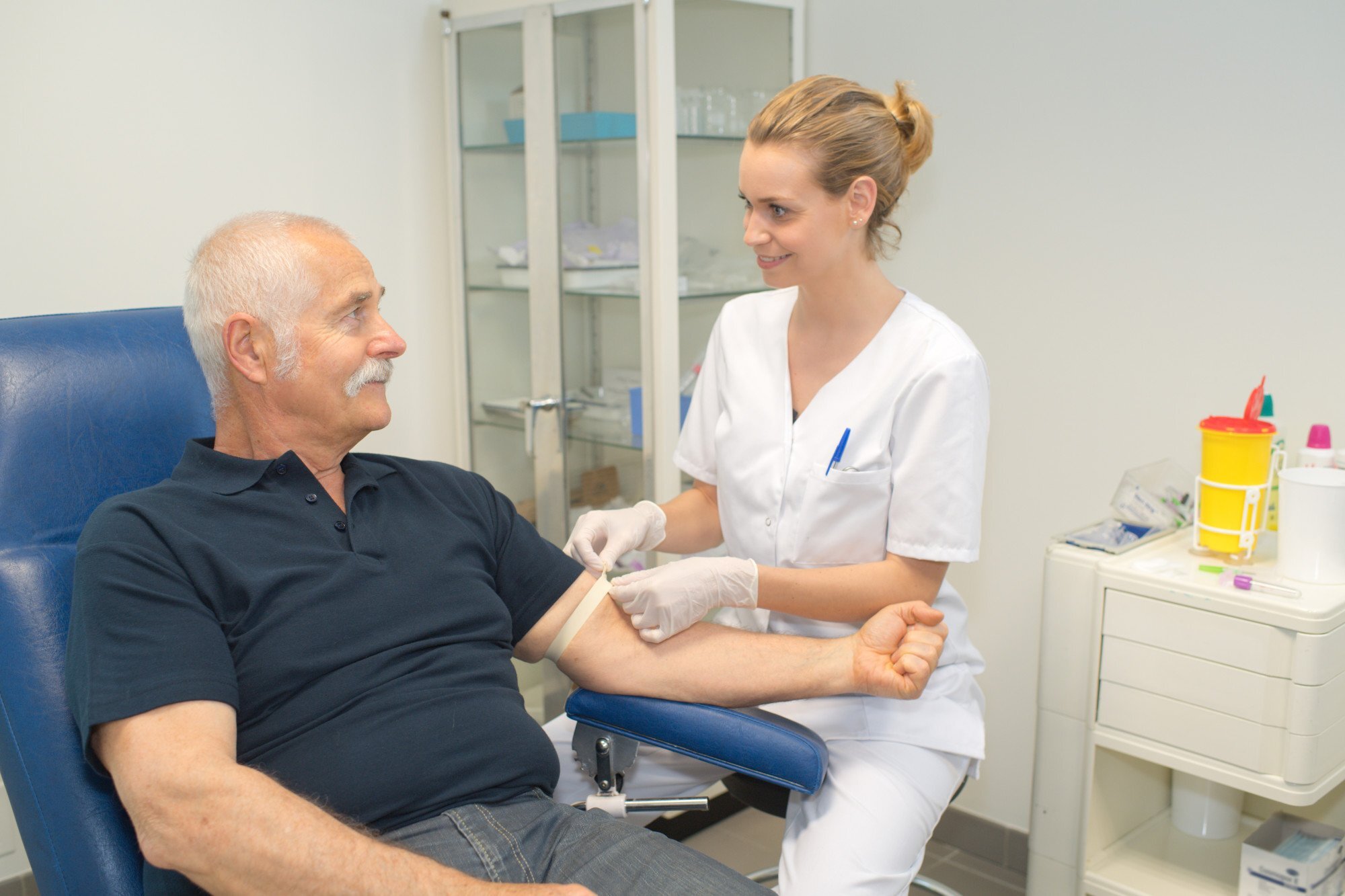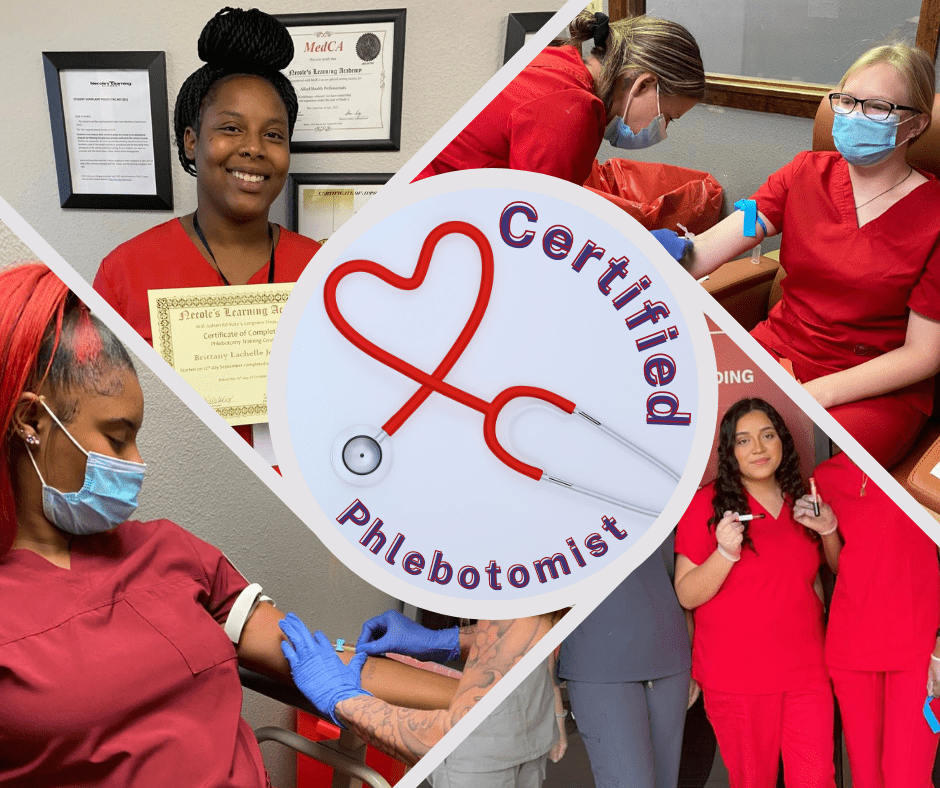Facts About Northeast Medical Institute - New Haven Campus Phlebotomy Course & Cna Class Uncovered
Facts About Northeast Medical Institute - New Haven Campus Phlebotomy Course & Cna Class Uncovered
Blog Article
Northeast Medical Institute - New Haven Campus Phlebotomy Course & Cna Class Fundamentals Explained
Table of ContentsRumored Buzz on Northeast Medical Institute - New Haven Campus Phlebotomy Course & Cna ClassThe 6-Second Trick For Northeast Medical Institute - New Haven Campus Phlebotomy Course & Cna ClassHow Northeast Medical Institute - New Haven Campus Phlebotomy Course & Cna Class can Save You Time, Stress, and Money.Things about Northeast Medical Institute - New Haven Campus Phlebotomy Course & Cna ClassGetting The Northeast Medical Institute - New Haven Campus Phlebotomy Course & Cna Class To WorkOur Northeast Medical Institute - New Haven Campus Phlebotomy Course & Cna Class Diaries
Nonetheless, the usage of such gadgets should be gone along with by other infection avoidance and control practices, and training in their use. Not all security devices apply to phlebotomy. Before choosing a safety-engineered gadget, users should extensively investigate available gadgets to identify their proper use, compatibility with existing phlebotomy techniques, and efficacy in securing personnel and individuals (12, 33).For setups with reduced sources, expense is a driving aspect in purchase of safety-engineered gadgets - PCT Training. Where safety-engineered devices are not offered, knowledgeable use a needle and syringe is acceptable. Unintentional exposure and specific info concerning an occurrence should be recorded in a register. Assistance solutions must be promoted for those who undertake unexpected exposure.
In the blood-sampling room for an outpatient division or center, provide a comfortable reclining sofa with an arm rest.
Things about Northeast Medical Institute - New Haven Campus Phlebotomy Course & Cna Class
Make sure that the signs for blood sampling are clearly specified, either in a composed protocol or in documented directions (e.g. in a laboratory type). Collect all the tools required for the treatment and location it within risk-free and very easy reach on a tray or trolley, making certain that all the items are clearly noticeable.
Introduce yourself to the patient, and ask the client to state their complete name. Examine that the research laboratory kind matches the person's identification (i.e. match the patient's information with the research laboratory kind, to make certain accurate recognition).
Make the person comfy in a supine setting (if possible). The patient has a right to reject a test at any time before the blood tasting, so it is essential to make certain that the client has actually understood the treatment - PCT Courses.
The 7-Second Trick For Northeast Medical Institute - New Haven Campus Phlebotomy Course & Cna Class
Extend the client's arm and evaluate the antecubital fossa or lower arm. Situate a vein of a great dimension that is visible, straight and clear. The representation in Area 2.3, reveals common settings of the vessels, yet numerous variants are feasible. The typical cubital vein lies in between muscular tissues and is usually the most simple to penetrate.
DO NOT insert the needle where capillaries are diverting, since this boosts the opportunity of a haematoma. The blood vessel needs to show up without applying the tourniquet. Situating the vein will help in identifying the appropriate dimension of needle. Use the tourniquet concerning 45 finger sizes over the venepuncture website and re-examine the capillary.
Haemolysis, contamination and presence of intravenous fluid and medicine can all modify the outcomes (39. Nursing staff and doctors may access central venous lines for samplings adhering to procedures. Nevertheless, specimens from central lines lug a threat of contamination or incorrect lab test outcomes (https://www.artstation.com/marvingordon3/profile). It serves, yet not suitable, to injure samplings when very first presenting an in-dwelling venous gadget, before attaching the cannula to the intravenous fluids.
The Only Guide for Northeast Medical Institute - New Haven Campus Phlebotomy Course & Cna Class
Permit the location to completely dry. Failing to allow enough get in touch with time raises the risk of contamination. DO NOT touch the cleaned site; specifically, DO NOT put a finger over the capillary to assist the shaft of the revealed needle. It the website is touched, repeat the disinfection. Perform venepuncture as complies with.
Ask the individual to web create a clenched fist so the capillaries are a lot more famous. Go into the capillary quickly at a 30 degree angle or less, and remain to present the needle along the blood vessel at the most convenient angle of access - PCT Classes. As soon as enough blood has actually been gathered, release the tourniquet prior to taking out the needle
Northeast Medical Institute - New Haven Campus Phlebotomy Course & Cna Class Things To Know Before You Get This
Take out the needle gently and use mild pressure to the website with a tidy gauze or dry cotton-wool round. Ask the person to hold the gauze or cotton wool in location, with the arm extended and increased. Ask the patient NOT to flex the arm, since doing so creates a haematoma.

Northeast Medical Institute - New Haven Campus Phlebotomy Course & Cna Class Can Be Fun For Anyone
Do not press the syringe bettor because extra pressure enhances the danger of haemolysis. Where possible, keep televisions in a shelf and relocate the shelf in the direction of you. Infuse downwards right into the appropriate coloured stopper. DO NOT eliminate the stopper since it will launch the vacuum. If the sample tube does not have a rubber stopper, infuse extremely slowly into the tube as minimizing the pressure and velocity used to transfer the specimen reduces the risk of haemolysis.

Report this page